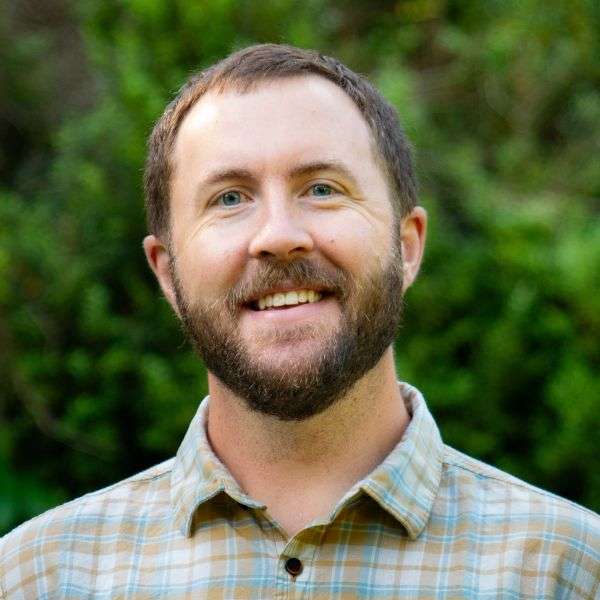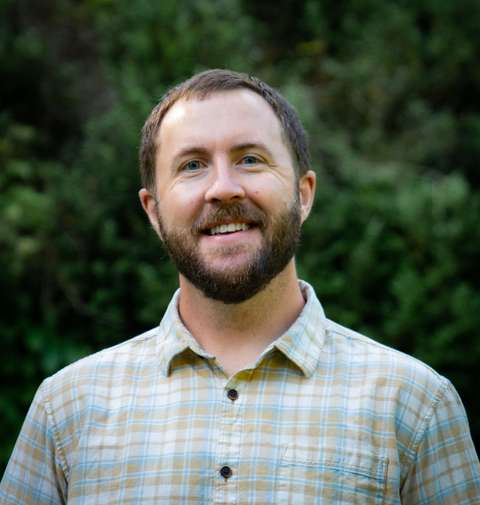When I was in graduate school, we spent a class period discussing the environment as a healing element. No, the discussion was not about the natural environment, the discussion was primarily about setting up a therapy office space, creating comfort, openness, safety, privacy, flow. It wasn’t until I began working within natural spaces that I realized— perhaps the environment most conducive to healing doesn’t have walls.
The thing I love about the nomadic wilderness experience is that there are no doors to close. This allows you to experience yourself and others in a new way, to be vulnerable and open, and for old behavioral patterns to fully emerge so that they can be explored. It brings everything to the surface. For many seeking healing from substance use and other behavioral addictions, this environment brings to the surface the behaviors, thoughts, and emotions that have fueled substance use in the past and that have potential to take us back to substance use in the future. For many experiencing addictions, these behaviors, thoughts, and emotions have been hidden behind closed doors for many years and potentially unknown to the individual as well.
The natural environment itself provides many lessons for those healing from substance use. It teaches us that it is possible to be uncomfortable, both physical and emotionally, and not run to a substance. It forces us to learn new coping skills. Healing is not for the faint of heart, and the natural environment teaches us that we are stronger and more capable than we might believe. It builds resilience, one of the most important elements in healing. The natural environment allows us to learn how to take care of ourselves in new ways, becoming more aware of physical and emotional needs, and developing strategies for self-care under sometimes difficult circumstances. It teaches us that we do not need a substance to feel we have power and control over our lives.
The human element of Wilderness Therapy adds to the healing properties of the natural environment. When is the last time you felt truly known within a group of people? That is what the group experience in Wilderness Therapy provides. The group allows space for an individual to explore who they truly are and who they want to become. Young adulthood is a time of transition and formation of identity. The container of the group allows for identity exploration, especially important if an identity is wrapped up in substance use and cultures related to substance use. Young adults struggling with substance use often struggle to relate to others on a deeper level, outside of bonding through substance use.
The group experience allows for the individual to learn to relate with others in a new way and form relationships without the use of substances. The group experience also allows for mutual relating and learning. Relating with others on their experience allows for a deeper understanding of our own patterns, expanding awareness of the severity of substance use, triggers for substance use and other unhealthy coping strategies. The staff are active participants in this group process, creating the container for the group, constantly encouraging, and pushing for deeper discussions and understanding.
The beautiful thing about the wilderness is that it shows no judgement for who you are or what you have done. Our approach for working with those with problematic substance use and other behavioral addictions is the same. Respect for the individual’s autonomy and dignity are paramount in our approach, and I am committed to being transparent with the individual and family. My approach is a relational approach, exploring the individual’s relationship with substances and identifying needed changes in that relationship. My clients and I ask deep, open, and honest questions about this relationship, such as, "What are the impacts of this relationship on the individual and others?", "Are the impacts acceptable to the individual?", "How do others perceive this relationship?", "Is the relationship repairable?", "Are repairs realistically possible?", "How will you know it is safe to take a break from or resume the relationship?", "Is the relationship beyond repair, and does it need to be discontinued completely?". It is also important to explore what this relationship with substances provides the individual emotionally: "Does it provide feelings of belonging, power, control, fun, freedom?"
We take this information and develop a plan for how to obtain these emotional needs without the use of a substance. When approached in this way, with no judgement and no preconceived notions of what healing for that individual looks like, there is a level of emotional safety where tough conversations can be had, and the individual’s truth can be found.
Co-occurring mental health conditions can also play a large role in the healing process. Many individuals wonder if they are self-medicating a mental health condition with substances or if the substance use is causing or exacerbating the mental health condition. The wilderness experience allows for a thorough assessment process to take place in an environment free from substances and free from other factors that may impact mental health, such as social media.
Through therapist assessments and observations, field staff observations, psychological testing and interviews, and interactions with the psychiatrist, the team can form a thorough picture of the individual and identify any underlying mental health conditions and how these conditions contribute to or are made worse by substance use. At times, this may even include ruling out previously diagnosed conditions. Treating a co-occurring mental health condition effectively can greatly enhance an individual’s healing journey and, through psychiatry and therapy, we begin that process in the wilderness. The psychiatrist will also participate in discussions around pharmacological options for relapse prevention and craving management following wilderness.
The truth is that spending time in the wilderness is only the beginning of the journey. Healing is not a linear process and old behaviors may reemerge at some point, including potentially returning to the use of substances. Professional support is available by professionals who understand the wilderness process, understand the recovery process, and know how to respond and support the individual and family if this occurs. Our role is to work with the referral source, the individual, and the family to develop an aftercare plan to help foster growth and healing which hopefully provides a little peace of mind.
The truth is that spending time in the wilderness is only the beginning of the journey. Healing is not a linear process, and old behaviors may reemerge at some point, including potentially returning to the use of substances. Professional support is available by professionals who understand the wilderness process, understand the recovery process, and know how to respond and support the individual and family if this occurs. Our role is to work with the the individual and the family to develop an aftercare plan to help foster lasting growth and healing.


